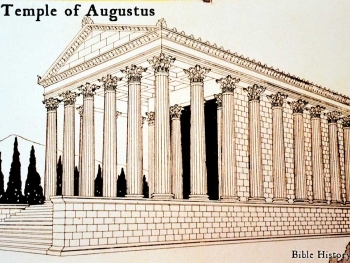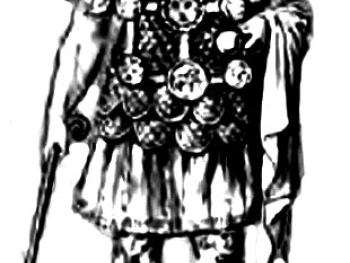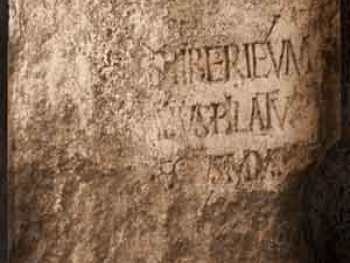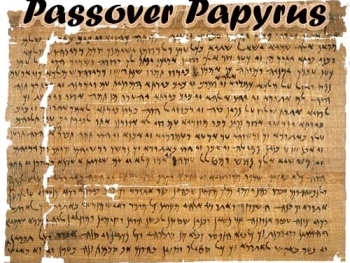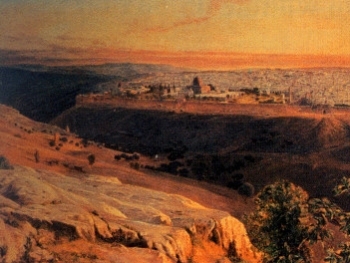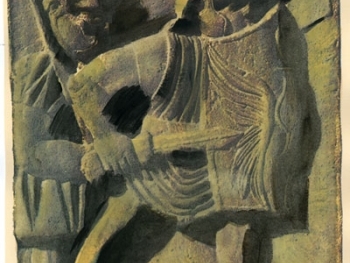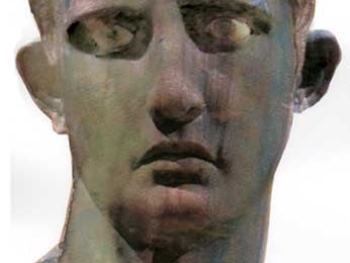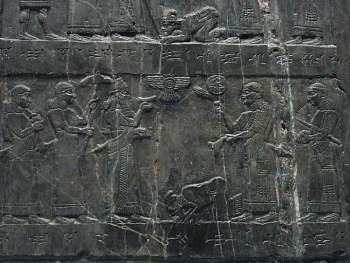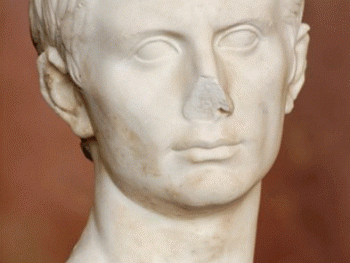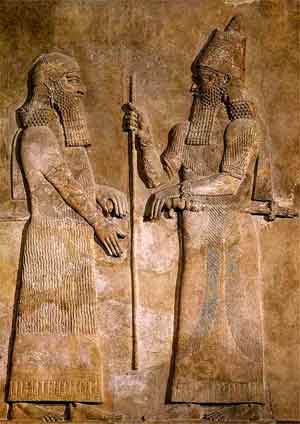
Scholars recognize that the primary sources for the study of ancient Assyria are the Assyrian Annals, the Assyrian Chronicles and Eponym Canon, The Assyrian King List, Assyrian Sculptures, and the Bible.
The Assyrian Annals. The scribes of the chief cities of the Assyrians wrote the accounts of the king’s military campaigns on cuneiform tablets, and clay prisms or cylinders. The accounts are very reliable, even though the accounts do not speak negatively of the Assyrians and are meant to glorify the king. The annals also give much detail to geography and Chronology. It is interesting how accurate the Assyrians were with dates, they made use of an Assyrian Kings List or the Eponym Canon.
The Assyrian Chronicles and Eponym Canon. The Assyrian scribes organized their national events whether military, political or religious every regnal year. The Babylonian Chronicles were structured the same way. Assyrian records were kept very carefully, they took their dating and their history seriously. They attached their record of events with the solar year and with the name of an official who was known as the “limmu.” Their was a new limmu appointed every year. They recorded military, political and religious events in every year and made references to eclipses. The Assyrian records are highly dependable and allow Biblical scholars a very accurate way of dating events and designating “eponyms” for 244 year in Hebrew history, from 892-648 BC.
The Assyrian King List. The Assyrian King List reveals a list of the kings of ancient Assyria in chronological order, from the 2nd millennium BC to 609 BC. It lists the name of the king, his father’s name, the length of his reign, and some great achievements.
Assyrian Sculptures. The limestone bas-reliefs discovered from the palace walls of major Assyrian capital cities like Nineveh (Kuyunjik), Nimrud (Calah), Khorsabad (Dur-Sharrukin), and the bronze bands on the Balawat Gates reveal a wealth of history. The illustrative events were carved be professional Assyrian artists like a modern day photographer on the scene. The carvings reveal the military might and tactics of the Assyrians, as well as the futility of those nations that defied their might. These sculptures are on display in museums around the world, for example: The British Museum in London, The Louvre in France, The Iraqi Museum, and The Oriental Institute in Chicago.
The Bible. The Old Testament records the history of the Kingdoms of Israel and Judah, along with the battles of other nations. It includes the fall of the 10 tribes in northern kingdom of Israel in 722 BC by the Assyrians, as well as the fall of the southern kingdom of Judah in 586 BC by Nebuchadnezzar of Babylon. The Bible also records miraculous events surrounding people like Elijah, and Jonah, as well as the slaying of 185,000 Assyrians at Jerusalem by the Angel of the LORD. The events recorded in 2 Kings generally agree with Assyrian and Babylonian sources.
Source:
Colossal Lion of Assyria
